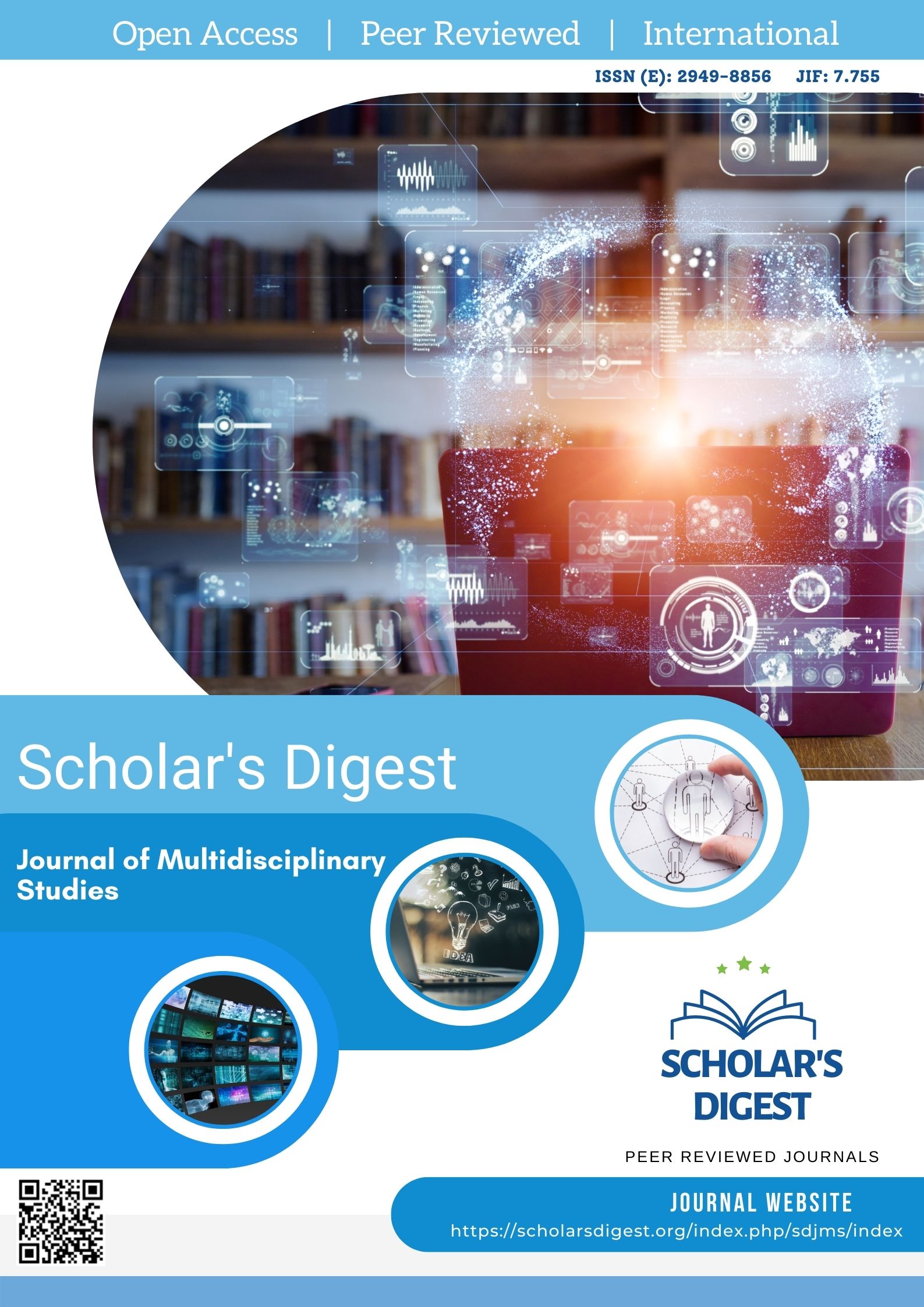THE REALITY OF INTERACTIVE LEADERSHIP AS AN APPROACH TO DEVELOPING THE ADMINISTRATIVE WORK ENVIRONMENT IN THE IRAQI MINISTRY OF YOUTH AND SPORTS FROM THE PERSPECTIVE OF EMPLOYEES
Abstract
The aim of this research was to identify the level of interactive leadership practice among directors of departments in the Ministry of Youth and Sports. It was also to reveal the relationship between the interactive leadership style and the quality of the administrative work environment. It was also to provide recommendations for improving leadership styles, which would positively impact the work environment and the institution. The research areas were: the human domain: employees in the departments of the Iraqi Ministry of Youth and Sports. The time domain was from March 6, 2025, to June 12, 2025. The spatial domain was: departments of the Iraqi Ministry of Youth and Sports. The researcher used the descriptive approach using a survey and correlational approach. The current research community was defined as employees in the departments of the Iraqi Ministry of Youth and Sports, numbering (450) employees distributed across the departments of the Iraqi Ministry of Youth and Sports. The percentage taken was (50%), with (225) employees being relied upon. As shown in Table (1) and Figure (1), the researcher took a research sample of (225) with a percentage of (50) of the total population. Then, he took a exploratory sample of (30) with a percentage of (13%), a stability sample of (36) with a percentage of (16%), and an application sample of (159) with a percentage of (70%). He recommended enhancing the interactive leadership style by training managers on dialogue, participation and collective decision-making skills, linking leadership to achieving goals and not just managing individuals, and developing a fair and transparent reward system linked to employee performance in all work tasks and not just seasonal activities, in order to achieve job justice and support the physical work environment by modernizing the infrastructure and providing modern technical tools that facilitate work performance, especially in departments that rely on between employees and management to ensure that opinions and comments are conveyed in a systematic and effective manner. electronic systems, expanding internal communication channels and activating feedback
References
1.Khalil Muhammad et al.: Introduction to Research Methods in Education and Psychology. 3rd ed., Amman, Al-Maysarah Publishing, Distribution, and Printing House, 2011, p. 74.
2.Khamael Abdul-Hussein Jawad: Motivational Management for Academic Leaders and Its Relationship to the Performance Quality of Faculty Members in Colleges of Physical Education and Sports Sciences in Baghdad, Unpublished Master's Thesis, University of Baghdad, 2022.
3.Salam Hantosh Rashed; Administrative possibilities of academic institutions and their correlation with sports tendencies of students and attitudes towards practicing sports. Journal of Global Pharma Technology, Volume 10, Issue
4.Salam Hantosh Rashed: Supervisory management quality effectiveness of sports and scholastic activities supervisors from the sports activities teachers' viewpoint, Supplementary Issue: Spring Conferences of Sports Science. Costa Blanca Sports Science Events, June 21-22, 2021. Alicante, Spain.
Downloads
Published
Issue
Section
License

This work is licensed under a Creative Commons Attribution-NonCommercial 4.0 International License.








